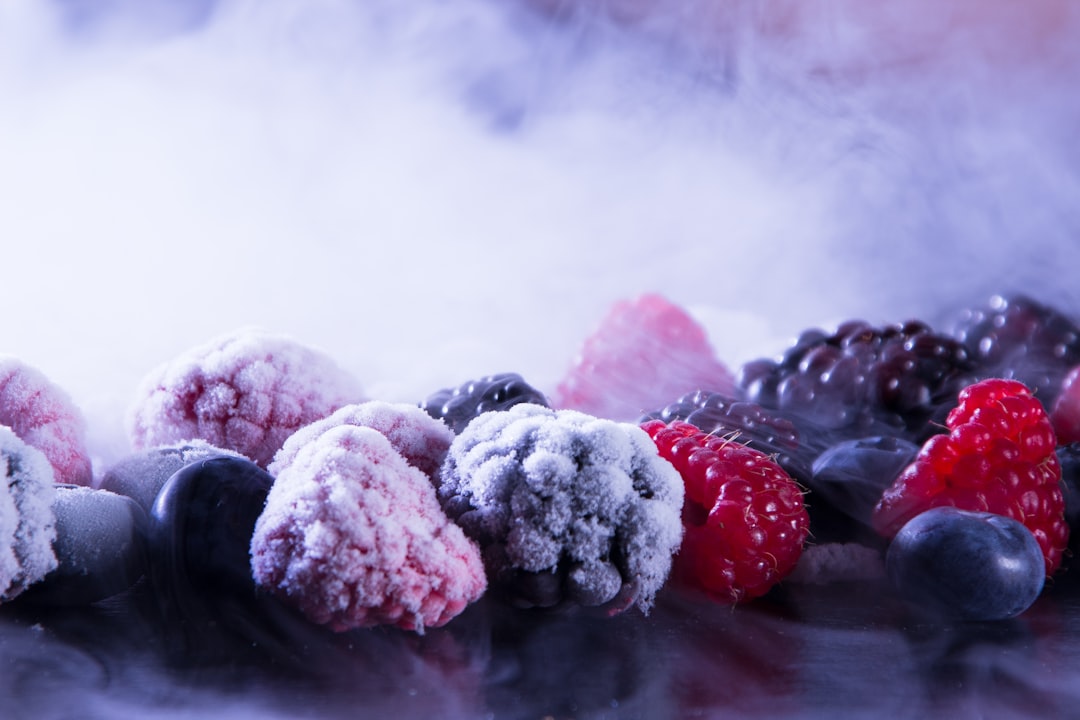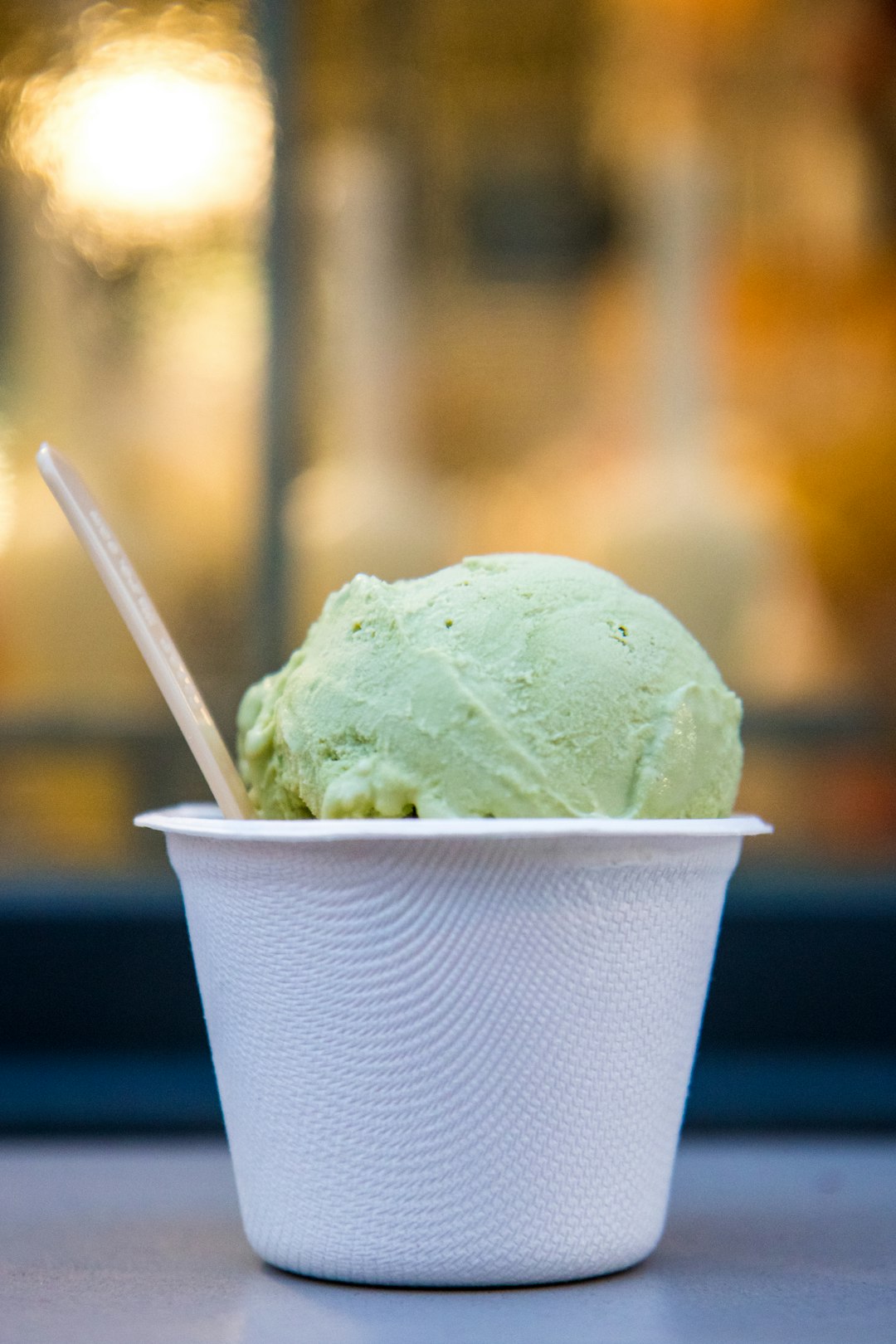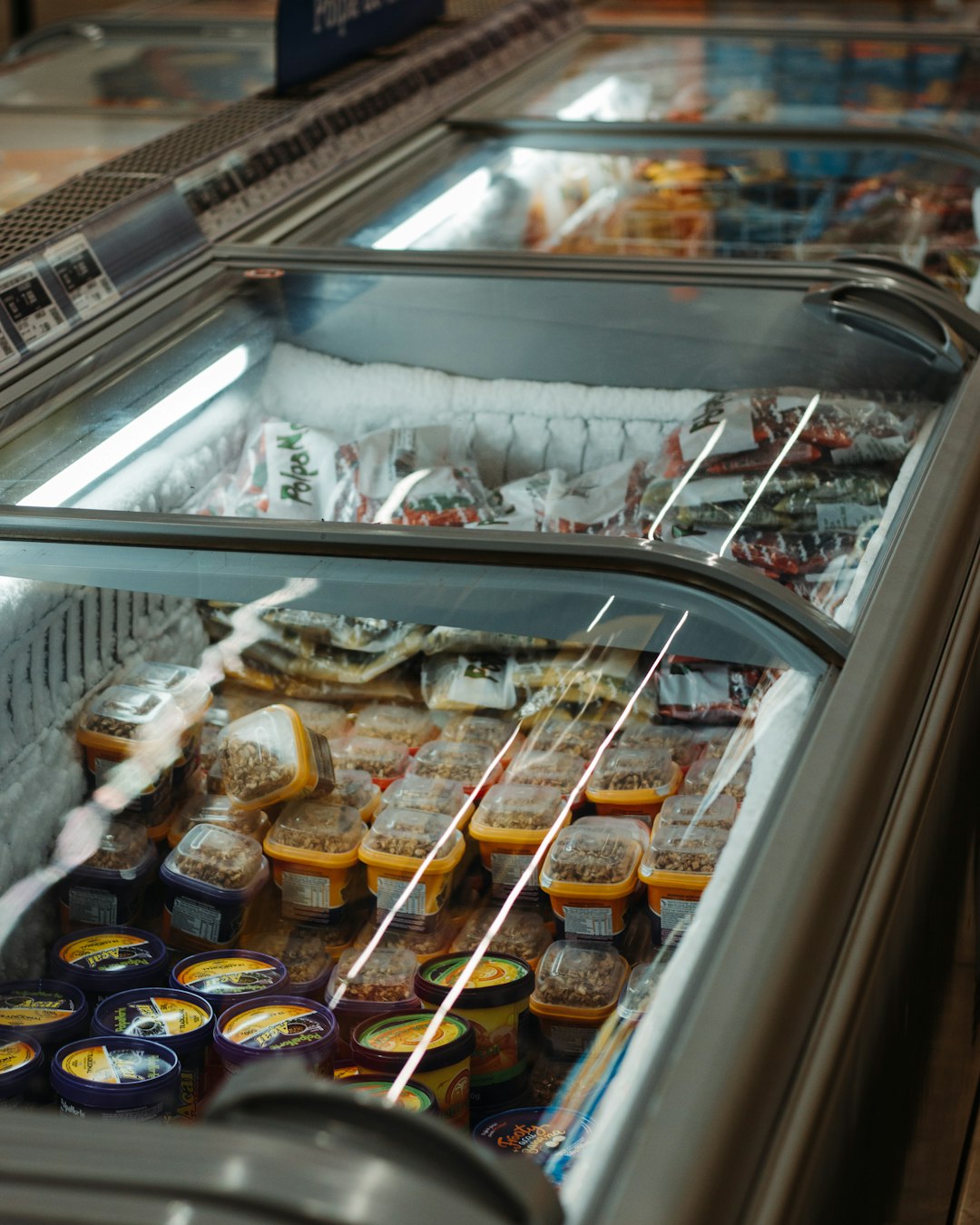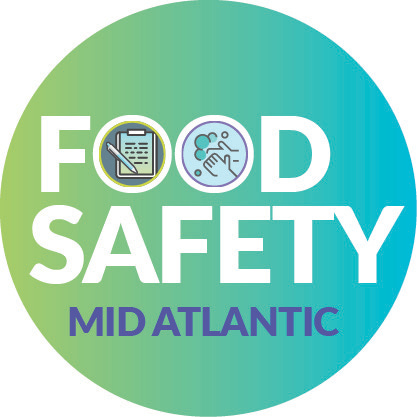
National Frozen Food Month
Unlike National Celery Month which I wrote about last week, National Frozen Food Month has a sponsor, the National Frozen & Refrigerated Foods Association (NFRA). I am, I admit, still disappointed that there isn’t a National Celery Association.
The theme for the 2023 National Frozen Food Month is Savor the Taste of Real Food… Just Frozen! Reminding us that there are lots of options in the frozen aisle from sweets to savory single portioned meals.
As I sit here drinking my smoothie made with frozen blueberries, contemplating a dinner of frozen veggie burgers, followed by ice cream, I wonder what influence frozen food has on our lives.

The Cold Chain Market is estimated at $278.2 billion in 2023 and is projected to grow to $428.4 billion by 2028. This Cold Chain includes refrigerated items as well as frozen foods. Cold chain is defined as the series of actions and equipment applied to maintain a product within a specified low-temperature range from harvest/production to consumption.
Freezing reduces the temperature of food below their freezing points, which aren’t 0C/32F as you would expect. Most food contains solutes, salts and sugars, as well as water, and these solutes lower the freezing point. Just like using salt to stop roads from freezing in winter, the presence of salt or sugar in food lowers the temperature freezing occurs. For example, the freezing points of vegetables span from -0 .8 to -2.8 C.
As the temperature drops, ice is formed, and the solutes become more concentrated. Maximum ice crystal formation is not possible in commercial food manufacturing, and definitely not in a home freezer, and so there is always some unfrozen water in frozen food. As the concentration of solutes increases, the water activity falls. Both the lower water activity and the temperature prevent the growth of microorganisms. Once food is returned to room temperature and its original water activity, bacteria, yeasts and molds can start growing again.
Frozen food add extra options when I am cooking. I enjoy being able to throw a few handfuls of frozen corn into my chili without wasting a whole can. Of course, a frozen dinner is a great convenience on a night that I don’t want to cook.
Frozen Food History
We cannot mention frozen foods without thanking Clarence Birdseye and the Canadian Inuit. He had the foresight after observing the Inuit flash freeze fish northern Canada to develop equipment to do the same in warmer climates. The flash frozen fish had better quality than fish frozen slowly in a typical freezer in the early 1900s. Unfortunately, Birdseye developed frozen food before home freezers and it really wasn’t until the 1970s that frozen food took off when most people had home freezers. The development of the microwave in the late 70s, added to the attraction and convenience of frozen meals.
Freezing Methods
There are two main ways food is commercially frozen: mechanical and cryogenic.
In mechanical freezing, cooled air, cooled liquid or cooled surfaces are used to remove the heat from the food. For example, in a blast freezer air is recirculated over the food between -30 and -50 C and takes 15-20 mins to freeze.
Cryogenic freezers use the change in state (for example from liquid to gas) of the refrigerant to absorb the heat from the freezing food. The most common refrigerants are solid carbon dioxide or liquid nitrogen. Small foods such as blueberries freeze instantaneously.
The faster the time of freezing the better because small ice crystals form. This gives at least two advantages over longer freezing times:
Texture is changed less with small ice crystals. We don’t notice the small ice crystals when eating them and ice cream with small crystals is smooth and creamy. Larger ice crystals causes the food to have a gritty texture or even turn into a solid lump. Additionally, large ice crystals may change the texture of the food as they break cell walls making the food softer.

Food that is frozen quickly is safer because it is out of the danger zone as quickly as possible. With some of the modern freezing techniques small vegetables and fruit are frozen instantaneously.
Frozen Food Challenges
Keeping Frozen
To make frozen foods stay cold, we need to use freezer trucks to transport them from the factory to retail, and ensure their temperature remains below freezing throughout their distribution chain. I recommend my clients check their product stays frozen when shipped, especially in hot weather.
All of us must check foods are kept cold/frozen throughout the supply chain for our part of it. Frozen and refrigerated food must be quickly stored at the appropriate temperature, either at home or retail. This means do not leave frozen food in a hot car for several hours.
Pathogen Risk
Frozen food is not pathogen free, consumers don’t always realize that frozen food hasn’t been cooked. There is a risk of pathogens, such a Hepatitis A, in frozen fruit. I started cooking my frozen fruit and vegetables due to this risk. While the texture isn’t the same as fresh, the flavor is great.
Thawing
The tradition of thawing frozen meals on a radiator is not safe. Wait, that didn’t happen in your house?
Frozen food must either be cooked from frozen or defrosted. The best ways to defrost are in the fridge or under running cold water. Small frozen food, for example peas, corn or shrimp, can also be cooked directly from frozen as they will heat up quickly.
Greenhouse Gas Emissions and Ozone Depleting Refrigerants
On top of the greenhouse gas emissions from transportation, there is a higher cost to keeping food at cold temperatures. There is concern of leakage of refrigerants, which were in the 1980s responsible for the hole in the ozone layer. We phased the most damaging refrigerants out under the 1987 Montreal Protocol.
Benefits

The texture and nutritional value of fruit and vegetables are kept as food is harvested and frozen at peak ripeness, and we can have seasonal fruit and veggies out of season.
For most fruit and vegetables there is minimal processing is needed before being frozen. Some vegetables, like green beans, might be blanched to inactivate enzymes. This involves putting the vegetable in boiling water for approximately 1 min and immediately placing in ice water to stop the effect of the heat.
Pre-cooked dinners offer lots of different choices and easy preparation of dinners at home. They reduce food waste as there are sold as set serving sizes.
Frozen foods are often processed without the use of preservatives. This might be of benefit if you are worried about sulfites, benzoates, etc.
Video on Frozen Food
I found this video helpful in explaining how and why flash freezing works to make high quality frozen foods.
I hope you found this article helpful. Please let me know in the comments if you regularly eat frozen food and what’s your favorite ice cream flavor.
Who Writes Food Crumbs?
Cathy Davies runs a food safety consultancy, Food Safety Mid Atlantic, supporting specialty food businesses with their food safety plans and programs. If you are interested in learning more about my consulting services, please schedule a free call.
Check out last month’s blog post on how to write Good Manufacturing Practices using FDA’s GMP regulations.
Please subscribe to Food Crumbs today, if you haven’t already.





I am wondering if cooking frozen berries (like strawberries) kills all possible pathogens. There have been lots of articles about e-Coli and HepA found in frozen berries but what about Norovirus? Will making a berry crisp/crumble where the fruit boils in the oven kill all the possible pathogens?
I regularly eat frozen berries and spinach (not enough to taste) for smoothies and frozen fish (yay, Costco, for both!). I haven't tried hard enough to make a green smoothie. I rarely eat ice cream anymore, so it has to count. I'm not sure if Americone Dream is my fave, but it's up there. And while you're telling the Clarence Birdseye story, don't forget Gustavus Swift, a key person in Chicago's history who developed the first practical reefer. (As you know, way before the legalization of marijuana, a reefer was a refrigerated boxcar).